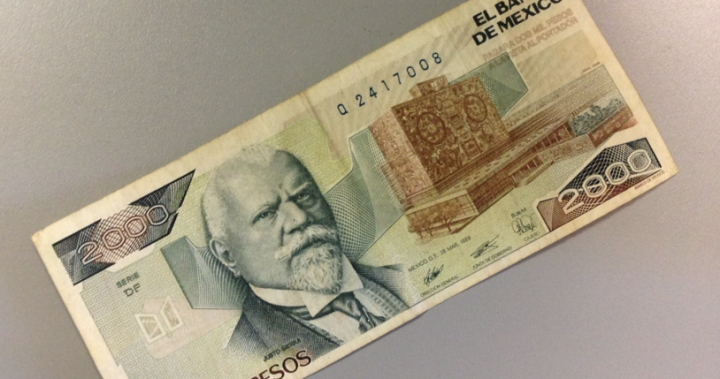330 Yuan to USD: A Comprehensive Analysis of the Exchange Rate

The exchange rate between the Chinese yuan (CNY) and the United States dollar (USD) is an important factor in international trade and financial transactions. In recent times, the value of the yuan has been a topic of interest, with many individuals and businesses seeking to understand its conversion rate to the USD. This article aims to provide a comprehensive analysis of the exchange rate between 330 yuan and USD, shedding light on its implications for both Chinese and American economies.
Factors Influencing the Exchange Rate
The exchange rate between two currencies is influenced by various factors, including economic indicators, market sentiment, and government policies. In the case of the yuan to USD exchange rate, several key factors come into play.
1. Economic Performance:
The economic performance of both China and the United States plays a significant role in determining their respective currency values. Strong economic growth, low inflation rates, and stable fiscal policies are generally associated with a stronger currency. Conversely, economic uncertainties or recessions can lead to a weaker currency. Therefore, fluctuations in the exchange rate between the yuan and USD can be attributed to differences in economic performance between the two countries
2. Trade Balance:
The trade balance between China and the United States also affects the exchange rate. China is known for its significant trade surplus with the United States, which means it exports more goods to the US than it imports. This surplus leads to an accumulation of USD reserves by China’s central bank, which can impact the exchange rate. When China sells USD reserves to stabilize its currency or invests them in US assets, it can influence the yuan to USD exchange rate.
3. Monetary Policy:
Monetary policy decisions made by the central banks of both countries can have an impact on the exchange rate. For instance, if the People’s Bank of China (PBOC) decides to lower interest rates or implement quantitative easing measures, it can lead to a depreciation of the yuan. On the other hand, if the Federal Reserve in the United States tightens its monetary policy, it can strengthen the USD. These policy actions can cause fluctuations in the yuan to USD exchange rate .
4. Market Sentiment:
Market sentiment and investor confidence also play a role in determining exchange rates. Factors such as geopolitical tensions, global economic conditions, and market expectations can influence the demand for a particular currency. If investors perceive the yuan as a safe-haven currency or have confidence in China’s economic prospects, it can strengthen against the USD. Conversely, negative sentiment or uncertainties can lead to a weaker yuan .
330 Yuan to USD Conversion
As of the most recent exchange rate data, 330 Chinese yuan is equivalent to approximately 45.10 US dollars . It is important to note that exchange rates are subject to fluctuations and can vary depending on the time of conversion. Therefore, it is advisable to check real-time exchange rates or consult with financial institutions for accurate and up-to-date information.
Implications for Chinese and American Economies
The exchange rate between the yuan and USD has significant implications for both Chinese and American economies.
For China, a weaker yuan can make its exports more competitive in international markets, as it lowers the price of Chinese goods for foreign buyers. This can boost China’s export-driven economy and contribute to economic growth. On the other hand, a stronger yuan can make imports cheaper for Chinese consumers and businesses, potentially benefiting sectors reliant on imported goods.
For the United States, a weaker yuan can make Chinese imports more expensive, potentially reducing the trade deficit between the two countries. However, it can also make American exports to China more expensive, which may negatively impact US businesses reliant on Chinese markets. A stronger yuan, on the other hand, can make Chinese imports cheaper for American consumers, but it may also increase the trade deficit.
Conclusion:
The exchange rate between the Chinese yuan and the United States dollar is influenced by various factors, including economic performance, trade balance, monetary policy, and market sentiment. The conversion of 330 yuan to USD is approximately 45.10 US dollars. Understanding the implications of the exchange rate is crucial for individuals and businesses engaged in cross-border transactions between China and the United States. Monitoring real-time exchange rates and staying informed about economic developments can help navigate the fluctuations in the yuan to USD exchange rate.

